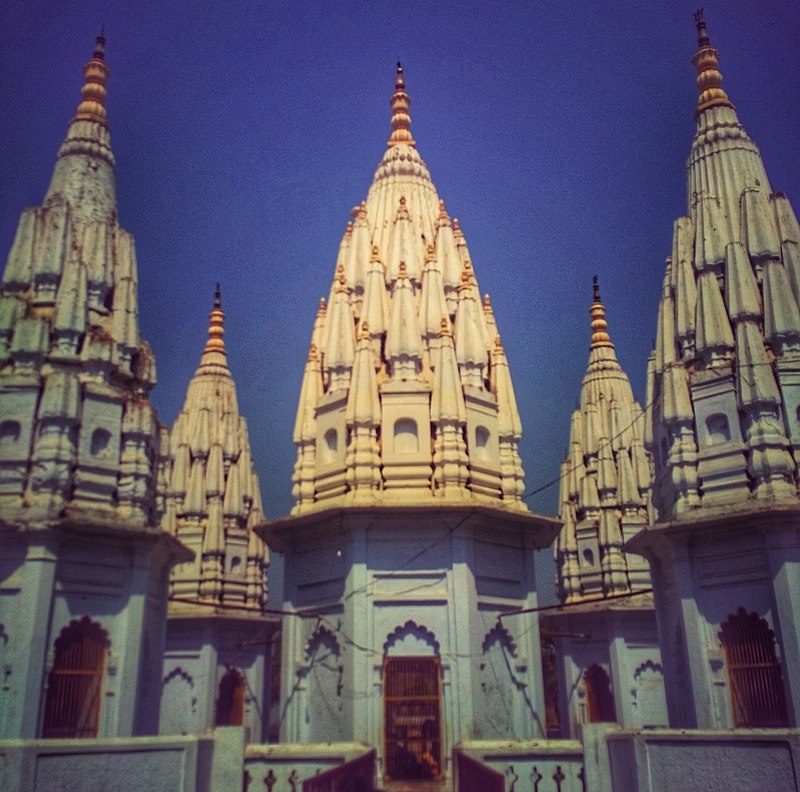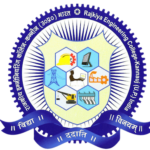ABOUT
KANNAUJ CITY

History of City
Kannauj, also spelled Kanauj or Cannauj, historically Kanyakubja, town, central Uttar Pradesh state, northern India.
Kannauj, also spelled Kanauj or Cannauj, historically Kanyakubja, town, central Uttar Pradesh state, northern India. Kannauj is situated near the Ganges (Ganga) River, about 50 miles (80 km) northwest of Kanpur, with which it has road and rail connections. Kannauj has existed since ancient times and contains numerous ruins and artifacts. It was the capital of Harsha’s empire in early 7th century.
The town entered a period of great splendour during the 9th and 10th centuries, and a large number of Hindu temples and Buddhist monasteries were built. It was plundered again in 1194, by which time it was almost totally destroyed. Since then, Kannauj has been of minor importance.
The history of natural attars is very much associated to the history of Kannauj. Kannauj has been known for natural attars from the Mughal period or even earlier when aroma bearing substances like Sandal, Musk, Camphor, Saffron were used as such (without isolation of odorous principles) and the range of such materials and essential oils were further enriched during the Mughal period, when new plants were brought by the Mughals from Central Asia to this country. This lead to the discovery and development of attar from Roses by Noor Jahan, the Mughal queen. This was the beginning of the natural attars in India, which developed and progressed in and around Kannauj and is quite strong even now.
Geography
From geographical point of view, district Kannauj is studded in between 270 13’ 30’’ North latitude and from 790 19’ to 800 1’east longitudes. The district is situated in Kanpur Division. Its North borders touches Farrukhabad district and its east touches Hardoi district. It is almost rectangular shaped district. Ganga is the main river of the district at the North East border of the district.




